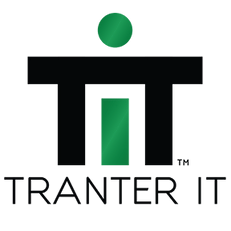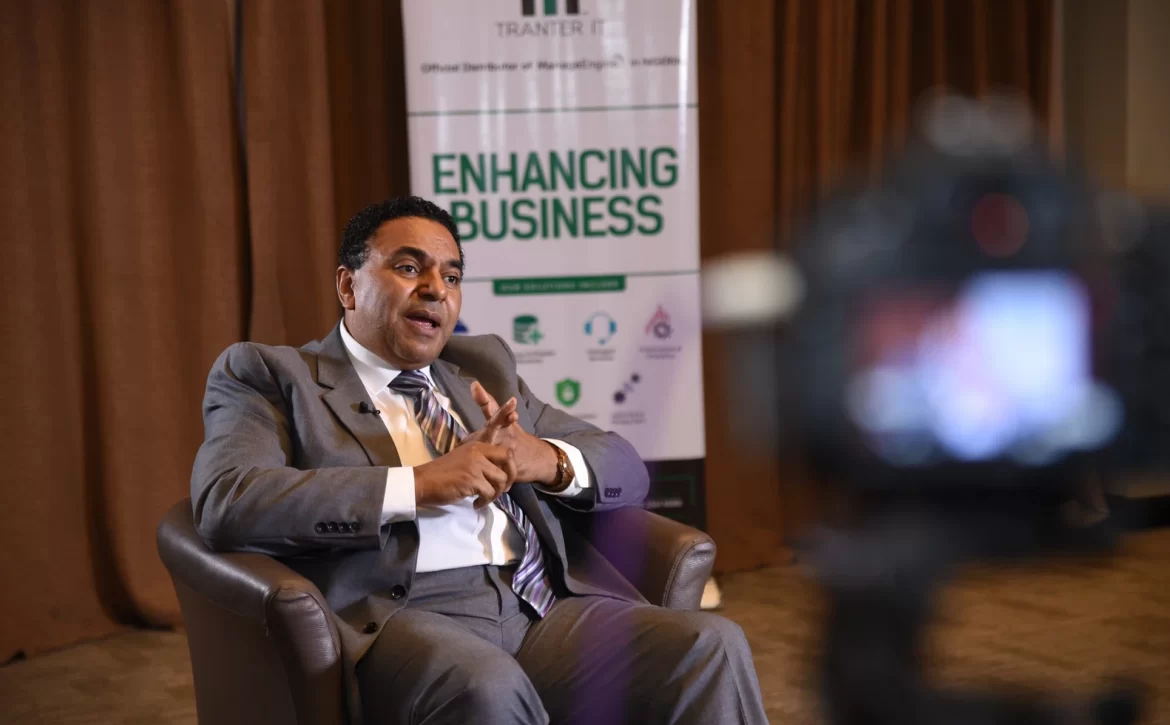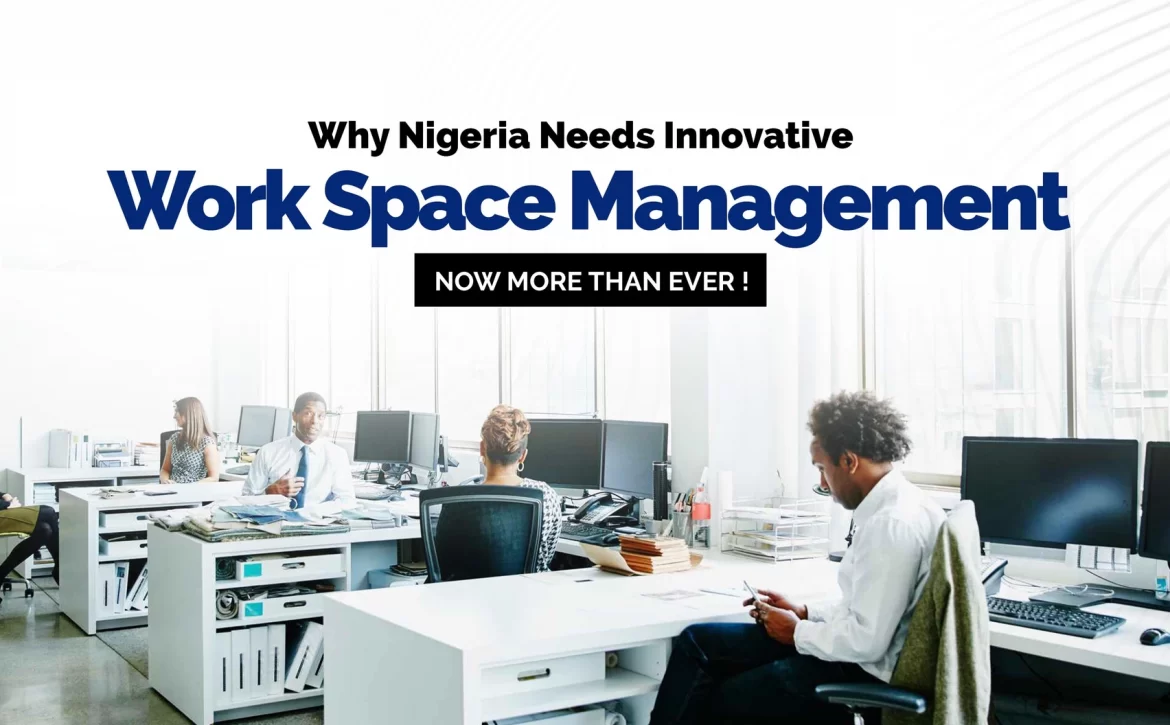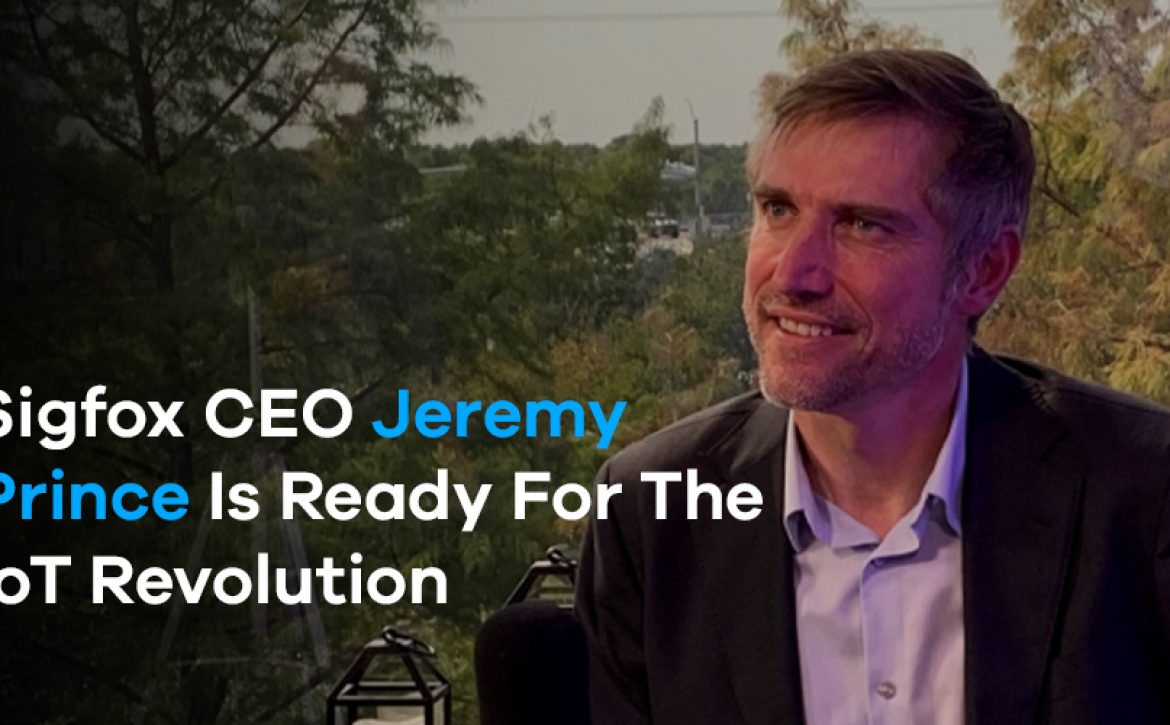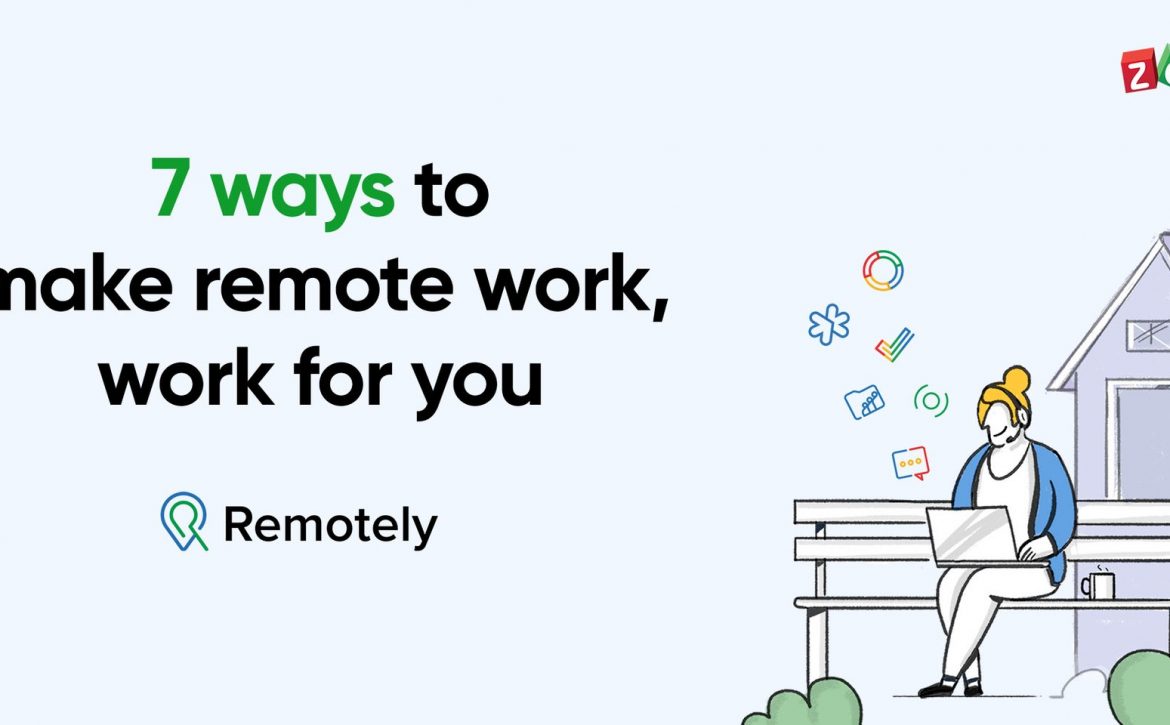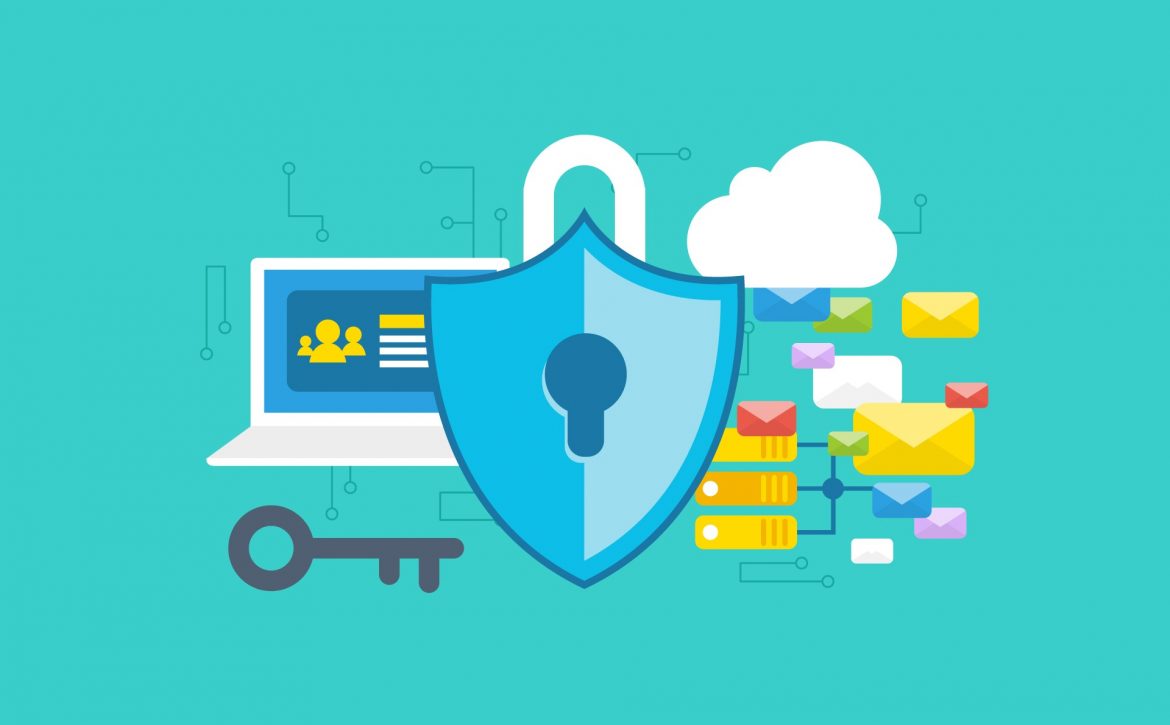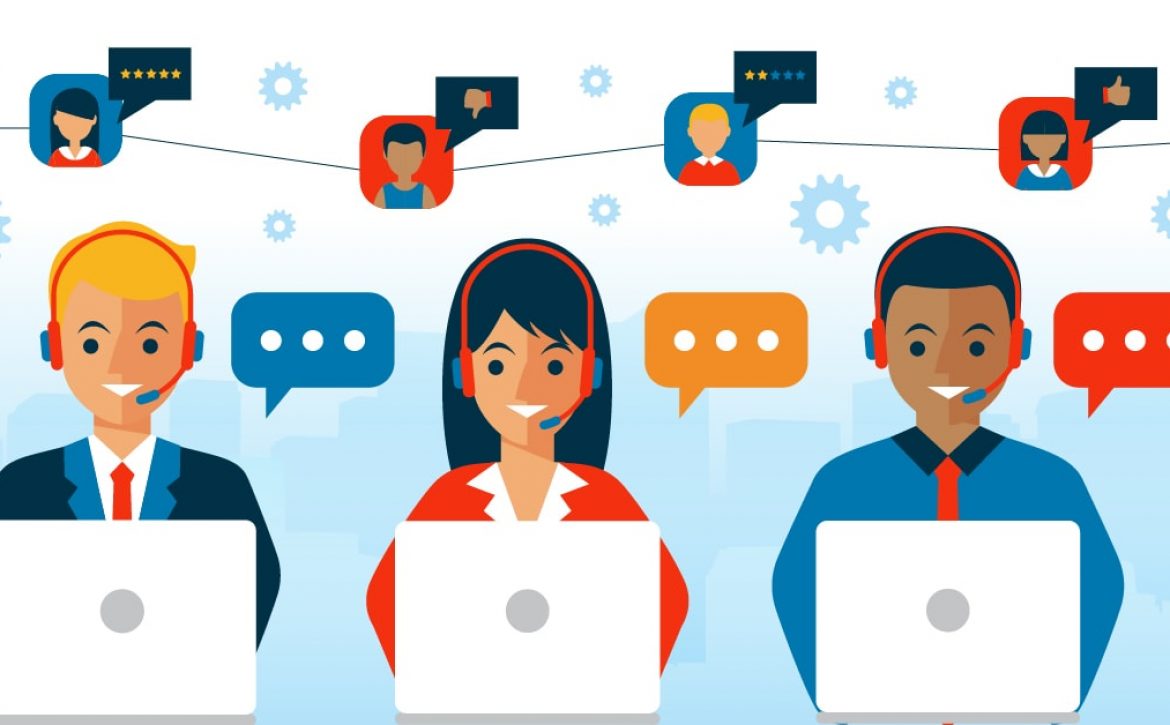Working from home is awesome … right up until the cat throws up on your computer. And your neighbor, who you can only assume is building a time machine, starts firing up all sorts of power tools and noisy machinery across the street.
For many modern professionals, working from home every once in a while is a luxury that our respective companies afford us. But which environment actually allows us to be more productive: the home office or the office office?
In the office office, your coworkers often pose the greatest threat to keeping you from getting some real, heads-down work done. They drop by your desk, engage you in conversation, and invite you to lunch. The social benefits of a workplace are definitely nice to have, but they can become a challenge if you’re easily distracted.
At the home office, however, I find that it’s easy for you to become your own worst enemy. Because when you’re not surrounded by coworkers, you’re free to drop those pesky inhibitions. At the home office, no one’s watching. You don’t necessarily feel that same peer pressure or communal obligation to get stuff done. (Also: You don’t have to wear pants.)
Below, I’ve compiled a bunch of great work-at-home tips and tricks from some of my awesome coworkers.
How to Work From Home: 20 Tips for Telecommuters
1. Get started early.
When working in an office, your morning commute can help you wake up and feel ready to work by the time you get to your desk. At home, however, the transition from your pillow to your computer can be much more jarring.
Believe it or not, one way to work from home productively is to dive into your to-do list as soon as you wake up. Simply getting a project started first thing in the morning can be the key to making progress on it gradually throughout the day. Otherwise, you’ll prolong breakfast and let the morning sluggishness wear away your motivation.
“When I work from home, I wake up, put on a pot of coffee, and start working immediately — much earlier normal working hours. I only start making breakfast once I’ve hit a wall or need a break. I’m a morning person and find I can get a ton done in the early morning hours, so this works really well for me.”
– Lindsay Kolowich
2. Pretend like you are going into the office.
The mental association you make between work and an office can make you more productive, and there’s no reason that feeling should be lost when telecommuting.
When working from home, do all the things you’d do to prepare for an office role: Set your alarm, make (or go get) coffee, and wear nice clothes. Internet browsers like Google Chrome even allow you to set up multiple accounts with different toolbars on the top — for example, a toolbar for home and a separate toolbar for work.
“Get fully ready for the day and pretend you’re actually going to work. Otherwise, you might find yourself back in bed.”
– Anna Faber-Hammond
3. Structure your day like you would in the office.
When working from home, you’re your own personal manager. Without things like an in-person meeting schedule to break up your day, you can be quick to lose focus or burn out.
To stay on schedule, segment what you’ll do and when over the course of the day. If you have an online calendar, create personal events and reminders that tell you when to shift gears and start on new tasks. Google Calendar makes this easy.
“Are mornings for writing while you’re in the office? Use the same schedule at home. While you probably will get tasks done faster at home than at work, this structure will help keep you focused and productive.”
– Ginny Mineo
4. Choose a dedicated workspace.
Just because you’re not working at an office doesn’t mean you can’t, well, have an office. Rather than cooping yourself up in your room or on the couch — spaces that are associated with leisure time — dedicate a specific room or surface in your home to work.
“Have a place you go specifically to work. It could be a certain table, chair, local coffee shop — some place that’s consistently your ‘work space.’ It helps you get into the right frame of mind.”
– Sam Mallikarjunan
5. Don’t stay at home.
Is your home office just not getting it done for you? Take telecommuting a step further and get out of the house. Coffee shops, libraries, public lounges, and similar Wi-Fi-enabled spaces can help you simulate the energy of an office so you can stay productive even when you don’t sit in an official workplace.
“I get out of my home to work, and go to a Starbucks, Dunkin’ Donuts, or other WiFi enabled establishment with actual tables, chairs, and people. It helps simulate the work environment for me — white noise, chatter, that kind of thing — that usually helps me work better than utter silence. It also removes the distractions I typically have at home like the urge to finally actually clean my room, do laundry, or watch TV. I also refuse to play into the trope of being some jerk sitting at Starbucks not doing any real work, so I feel motivated not to mess around on Facebook all day to show there are still people who actually get stuff done at a coffee shop!”
– Corey Wainwright
6. Make it harder for yourself to mess around on social media.
Social media is designed to make it easy for you to open and browse quickly. At work, though, this convenience can be the detriment of your productivity.
To counteract your social networks’ ease of use during work hours, remove them from your browser shortcuts and, according to Fast Company, log out of every account. You might even consider working primarily in a private or, if you’re using Chrome, an “Incognito” browser window. This ensures you stay signed out of all your accounts and each web search you conduct doesn’t autocomplete the word you’re typing. It’s a guarantee that you won’t be tempted into taking too many social breaks during the day.
“I remove all social networks from my toolbar bookmarks. Even if I don’t mean to browse them, some uncontrollable impulse subconsciously clicks on them when I experience downtime. You can get sucked in without knowing it (or even intending to), so eliminating the gateway to those networks keeps me on track.”
– Alec Biedrzycki
7. Commit to doing more.
Projects always take longer than you initially think they will. For that reason, you’ll frequently get done less than you set out to do. So, just as you’re encouraged to overestimate how much time you’ll spent doing one thing, you should also overestimate how many things you’ll do during the day. Even if you come up short of your goal, you’ll still come out of that day with a solid list of tasks filed under ‘complete.’
“Our team has a daily standup meeting each morning where we share what we’re working on for the day. On days I’m working from home, I tend to slightly overcommit on what I’ll deliver that day. It helps keep me honest, so even if I get the urge to go do something else, I know I’ve already committed a certain amount of work to my team.”
– Corey Wainwright
8. Work when you’re at your most productive.
Nobody sprints through their work from morning to evening — your motivation will naturally ebb and flow throughout the day. When you’re working from home, however, it’s all the more important to know when those ebbs and flows will take place and plan your schedule around it.
To capitalize on your most productive periods, save your harder tasks for when you know you’ll be in the right headspace for them. Use slower points of the day to knock out the easier, logistical tasks that are also on your plate. Verily Magazine calls these tasks “small acts of success,” and they can help build your momentum for the heavier projects that are waiting for you later on.
“For me, the most productive times of the day are usually early in the morning or late at night. I recognize this and try to plan my day accordingly. Also, music that really pumps me up doesn’t hurt.”
– Brittany Leaning
9. Save calls for the afternoon.
Sometimes, I’m so tired in the morning, I don’t even want to hear my own voice — let alone talk to others with it. You shouldn’t have to give yourself too much time to become productive in the morning, but you can give yourself some extra time before working directly with others.
If you’re struggling to come up with a reasonable work schedule for yourself as a telecommuter, start with the solitary tasks in the morning. Save phone calls, meetings, and other collaborative work for when you’ve officially “woken up.”
“Take advantage of morning hours to crank through meaty projects without distractions, and save any calls or virtual meetings for the afternoon.”
– James Gilbert
10. Focus on one distraction … like a baby!
There’s an expression out there that says, “if you want something done, ask a busy person.”
The bizarre but true rule of productivity is that the busier you are, the more you’ll actually do. It’s like Newton’s law of inertia: If you’re in motion, you’ll stay in motion. If you’re at rest, you’ll stay at rest. And busy people are in fast-enough motion that they have the momentum to complete anything that comes across their desk.
Unfortunately, it’s hard to find things to help you reach that level of busyness when you’re at home — your motivation can just swing so easily. HubSpot’s principal marketing manager, Pam Vaughan, suggests focusing in on something that maintains your rhythm (in her case, it’s her daughter).
“When I work from home, my 20-month-old daughter is home with me, too. It seems counterintuitive, but because I have to manage taking care of her and keeping her happy and entertained while still getting my work done, the pressure helps to keep me focused. When she’s napping or entertaining herself, I go into super-productive work mode. It’s the same idea for why some people work better when they have very busy schedules — you learn how to manage your time VERY efficiently. The ‘distraction’ of my daughter (I mean that in the most loving way possible) means I can’t possibly succumb to some of the other common distractions of home — putting in a load of laundry, turning on the TV, doing other household chores — or else I’d never get any actual work done.”
– Pamela Vaughan
11. Plan out what you’ll be working on ahead of time.
Spending time figuring out what you’ll do today can take away from actually doing those things. And, you’ll have planned your task list so recently that you can be tempted to change your schedule on the fly.
It’s important to let your agenda change if you need it to, but it’s equally as important to commit to an agenda that outlines every assignment before you begin. Try solidifying your schedule the day before, making it feel more official when you wake up the next day to get started on it.
“If I’m planning on working from home on a certain day, I’ll make sure to get any work done ahead of time that requires me to be in the office — for example, if I’m working on a task that would be infinitely easier to complete with access to my large monitor screen, or need to schedule meetings with coworkers that are best had in person. Plan out your week in advance to optimize for the environments you’ll be in.”
– Niti Shah
12. Use technology to stay connected.
Working from home might help you focus on your work in the short term, but it can also make you feel cut off the larger operation happening in the office. Instant messaging and videoconferencing tools can make it easy to check in with coworkers and remind you how your work is contributing to the big picture.
“Part of what enables us to work from home so much more often now is the array of apps and tools designed to help remove distance as a barrier between team members. Finding the right tools to keep you and your team connected is important for staying productive at home. At HubSpot, we use Slack to keep conversations going remotely, Trello to keep us organized around priorities, and Google Hangouts plus Webex to make remote meetings more productive. Getting the right stack of support tools to fit your work style makes a big difference.”
– Meghan Keaney Anderson
13. Match your music to the task at hand.
During the week, music is the soundtrack to your career (cheesy, but admit it, it’s true). And at work, the best playlists are diverse playlists — you can listen to music that matches the energy of the project you’re working on. Video game soundtracks are excellent at this. In the game itself, this lyric-free music is designed to help you focus; it only makes sense that it would help you focus on your work as well.
Want some other genres? Take them from startup marketer, Ginny Mineo, who offers her own work music preferences below.
“When I’m powering through my inbox, I need some intense and catchy rap/R&B (like Nicki Minaj or Miley Cyrus) blasting through my headphones, but when I’m writing, Tom Petty is the trick. Finding what music motivates and focuses me for different tasks (and then sticking to those playlists for those tasks) has completely changed my WFH productivity.”
– Ginny Mineo
14. Use laundry as a work timer.
You might have heard listening to just two or three songs in the shower can help you save water. And it’s true; hearing a few of your favorite songs start and end, one after another, can remind you how long you’ve been in the bathroom and shorten your wash time.
Why bring this up? Because the same general principle can help you stay on task when working from home. But instead of three songs off your music playlist, run your laundry instead.
Doing your laundry is a built-in timer for your home. So, use the time to start and finish something from your to-do list before changing the load. Committing to one assignment during the wash cycle and another during the dry cycle can train you to work smarter on tasks that you might technically have all day to tinker with.
“It’s already been said, but waking up early and getting things done before other people get online works for me. I also usually do laundry when I work from home and I set mini deadlines for myself corresponding to when I have to go downstairs to switch loads. If I’m working on an article, I tell myself I’ll get to a certain point before the wash cycle ends. Then I set another goal for the dryer.”
– Emma Brudner
15. Communicate expectations with anyone who will be home with you.
Of course, you might be working from home but still have “company.” Make sure any roommates, siblings, parents, spouses, and dogs (well, maybe not dogs) respect your space during work hours. Just because you’re working from home doesn’t mean you’re home.
“If anyone else is going to be at home when you’re working, they just have to be clear that when you’re in your ‘office’ (in my case, my signal to the family is having headphones on), you’re working — even if it looks like and feels like you’re hanging out at home. It’s easy to get distracted by the many things that have to be done around the house during the day.”
– Sam Mallikarjunan
16. Take clear breaks.
It can be so easy to get distracted as a telecommuter that you avoid breaks altogether. Don’t let the guilt of working in the building you sleep in prevent you from taking five to relax. Rather than just opening YouTube and watching some comfort clips, however, use your breaks to get away from your desk. Go for a walk outside or spend time with others who might also be in the house.
“Breaks, like making and eating lunch, can recharge you to do better work. Don’t assume you need to be working 100% of the time while you’re home to be more productive.”
– Ginny Mineo
17. Interact with other humans.
Remember: You’re working from home, not the moon. Interacting with other people during the day is allowed, even if they’re not your coworkers. In fact, it’s a good idea to see another face during the day when most of your work day is solitary.
“Go outside and find a human to interact with — ordering your coffee, running an errand, whatever. It keeps you sane.”
– Corey Wainwright
18. Prepare your meals the night before.
When you’re in your own home, it can be tempting to spend time preparing a really nice breakfast and lunch for yourself, chopping and cooking included. Don’t use precious minutes making your food the day of work — cook it the night before.
Preparing food ahead of time ensures you can actually use your meal times to eat, and that you aren’t performing non-work tasks that spend energy better used at your desk.
“Cooking at home is time you wouldn’t have spent meal prepping if you’d been in the office that day, and I find the minutes can really add up in the end. To mitigate that, I try to cook and prep my meals the night before, just like I would for a day at the office.”
– Lindsay Kolowich
19. Pick a definitive finishing time each day.
You might be under the impression that working from home establishes more work-life balance, but be careful with that assumption. Working from home can also feel like being at a casino — you can get so caught up in your activity, in a relaxing environment, that you lose complete track of time.
In lieu of coworkers, whose packing up and leaving the office reminds you to do the same, set an alarm at the end of the day to indicate your normal work day is coming to an end. You don’t have to stop at exactly that time, but knowing the work day is technically over can help you start the process of saving your work and calling it quits for the evening.
“If you work from home full-time (or on a regular basis), it’s really easy to let your work life bleed into your personal life. Maintaining a boundary is important for both halves of the equation.”
– Tyler Littwin
20. Keep the TV on in the background.
“I spent my first two years out of college working from home as a freelance writer. Of all the tips, tricks, and secrets I’ve uncovered for being more productive at home, one stands out above the rest: Putting on the History Channel. No joke. Just keep the History Channel running in the background at a low volume, and I swear, you’ll get stuff done. (I’m not exactly sure why this trick works, but I can only assume it has something to do with ancient aliens.)”
– Me (Erik Devaney)
Source: Hubspot Marketing

